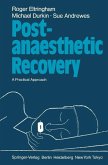
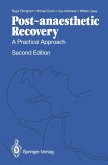
Broschiertes Buch
A Practical Approach
2. Aufl.
8. Dezember 1989
Springer, Berlin
| eBook, PDF | 40,95 € |
Ähnliche Artikel

eBook, PDF
30. September 2022
Taylor & Francis eBooks
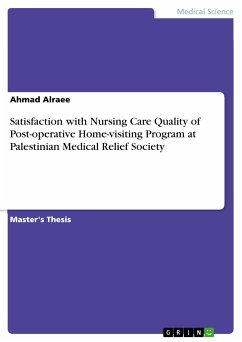
Statt 47,95 €**
36,99 €
**Preis der gedruckten Ausgabe (Broschiertes Buch)
inkl. MwSt. und vom Verlag festgesetzt.
Sofort per Download lieferbar
VersandkostenfreieBook, PDF
20. November 2019
GRIN Verlag
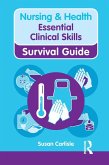
8,95 €
Sofort per Download lieferbar
eBook, PDF
11. September 2014
Taylor & Francis eBooks

24,95 €
Sofort per Download lieferbar
eBook, PDF
26. November 2016
SAGE Publications
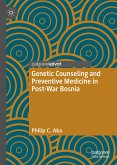
eBook, PDF
29. September 2020
Springer Nature Singapore

eBook, PDF
2. Januar 2014
Taylor & Francis eBooks
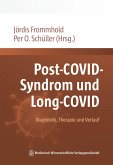
eBook, PDF
18. November 2022
MWV Medizinisch Wissenschaftliche Verlagsgesellschaft

Statt 9,60 €**
8,99 €
**Preis der gedruckten Ausgabe (Broschiertes Buch)
inkl. MwSt. und vom Verlag festgesetzt.
Sofort per Download lieferbar


Ähnlichkeitssuche: Fact®Finder von OMIKRON
